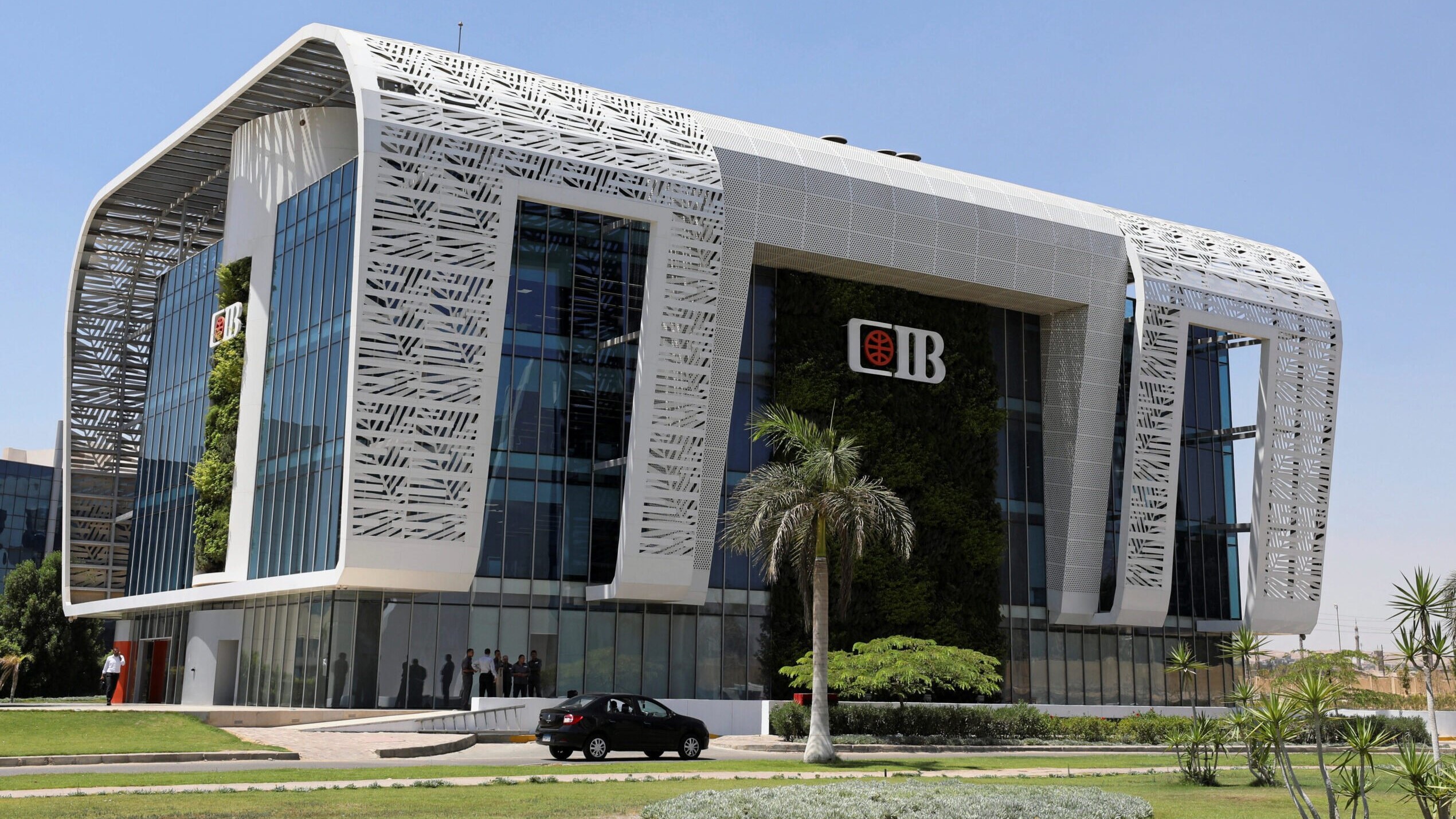The initial capacity had been estimated at 147MW, but further geological studies will be conducted to reach the agrees 230MW.
Ruzizi III Hydropower project is a joint venture of two companies; IPS (an Agha Kan owned company) and Sithe Global replaced by SN Power (a Norwegian).
The signing if the deal which took place in DRC’s capital Kinshasa on Monday this week, will boost energy deficits in the three member States, according to Rwanda’s Minister of Infrastructure Amb. Claver Gatete who represented the government at the signing.
“The signing of Rusizi III power project today in Kinshasa will boost energy generation and Economic development in Rwanda, DRC and Burundi,” Minister Gatete tweeted after the signing in Kinshasa.
The Project, set to be completed in 2024, will be funded by several lenders who will fund the debt through concessional and commercial loans.
These include World Bank, African Development Bank, European Union, KfW, Agence Française de Développement (AFD), Commercial Banks and the Developer.
It is the first regional project designed as a Public Private Partnership (PPP) aimed at optimizing the hydropower potential of the Ruzizi cascade, according to Rwanda’s Ministry of Infrastructure.For its implementation, a private partner, acting in the capacity of investor/developer, will be recruited and awarded a concession.
This partner will be required to develop the project, be a majority partner in a project company (PC) with the three countries concerned and secure the necessary financing, the Minsitry added in a statement issued on Tuesday.
The project is being developed under the Communauté Économique des Pays des Grand Lacs (CEPGL) – a sub-regional organization with multiple purposes bringing together Rwanda, Burundi and DRC.
Under the Rusizi III hydropower project, its power output will be shared among the three partner states with Rwanda getting 47MW and the rest being shared between Burundi and DRC.
The project consists of 105m long dam crest whose height is 20.5m, 2.28km Headrace Tunnel and a surface power station with 3*50 MW Francis Units.
Francis units are named after B. Francis – a British-born Hydraulic engineer. It is a water turbine designed to produce high flow from a low head of pressure – mostly used in hydroelectric power generation.
In January 2016, the African Development Bank Group approved USD 138 million in loans and grants to finance the project.
The approval followed a USD 14 million grant by the New Partnership for Africa Development (NEPAD)’s Infrastructure Project Preparation Facility (NEPAD-IPPF) to the Great Lakes Energy Organisation (EGL) to finance transaction advisory services for the project.
EGL is a sub-regional body which coordinates energy development in East Africa.
The USD 1.4 million NEPAD-IPPF grant helped provide key expertise for the project’s development, as well as sound knowledge of the context and actors of the region that led to the project’s eventual financial close, according to the statement issued at the time.
SOURCE: KT Press

Ethiopia has cleared the way for Safaricom to introduce M-Pesa in the market of 110 million people after deciding to include the ...

Egyptian largest private sector bank by assets Commercial International Bank (CIB) is seeking to acquire more banks to strengthen ...

The European Investment Bank and International Solar Alliance have published a study outlining access solutions to overcome key ...

Kenya has been ranked the top country in the world in reducing population with no access to electricity, pointing to the impact ...